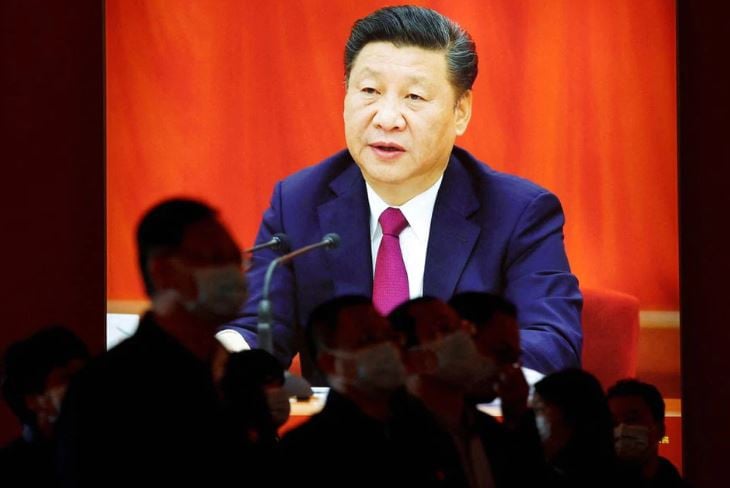BEIJING: For decades, Mo Chongxu’s sugar cane plantation has been a vital source of income — allowing his parents to raise him and his siblings, and allowing him and his wife to pay their daily bills and tuition for their three children.
However, cultivating the crop is now vastly different from when he inherited the trade from his father.
In those days, they had to endure stifling heat throughout the cultivation process, said Mo, who lives in a village in Laibin, Guangxi Zhuang autonomous region.
“Mechanization is now being seen in all farming procedures, including growing, pesticide application and harvesting, and we can work throughout the day without having to worry about heatstroke,” the 41-year-old said.
Mo is among some 520,000 sugar cane growers in Laibin, a city where the crop has been cultivated for 1,000 years and contributes to about 10 percent of China’s sugar production.
On Dec 14, Mo was among a group of farmers who welcomed President Xi Jinping, who is also general secretary of the Communist Party of China Central Committee, when he made a fact-finding trip to Laibin.
Xi asked about Mo’s family members and their sugar cane farms, before urging regional officials to help boost the farmers’ incomes.
The president views the work of farmers such as Mo as being closely tied to hopes for the nation’s self-reliance in the sugar industry, and more broadly, its food security.
More important, modernization of the agricultural sector and rural areas is a vital part of Chinese modernization, a key vision set out by Xi at the Party’s 20th National Congress in 2022 to advance the nation’s great rejuvenation.
Xi made 16 domestic fact-finding trips nationwide last year, traveling to 15 provincial-level regions and outlining key steps for rural modernization, ecological protection, self-reliance in science and technology, and the drive for common prosperity.
Earlier, Han Qiang, dean of the School of Marxism at Beijing Foreign Studies University, said Xi put forward comprehensive visions of Chinese modernization by taking into account the actual situation in various regions.
“During the trips, the president discussed both theory and methodology, while strategically planning the advancement of Chinese-style modernization at the start of the nation’s new journey,” he said.
One priority for Xi on his domestic travels last year was to advance integrated development for different regions.
In May, he visited Xiong’an New Area, about 100 kilometers southwest of Beijing, to push for new progress in the nation’s “city of the future”. –The Daily Mail-China Daily news exchange item






